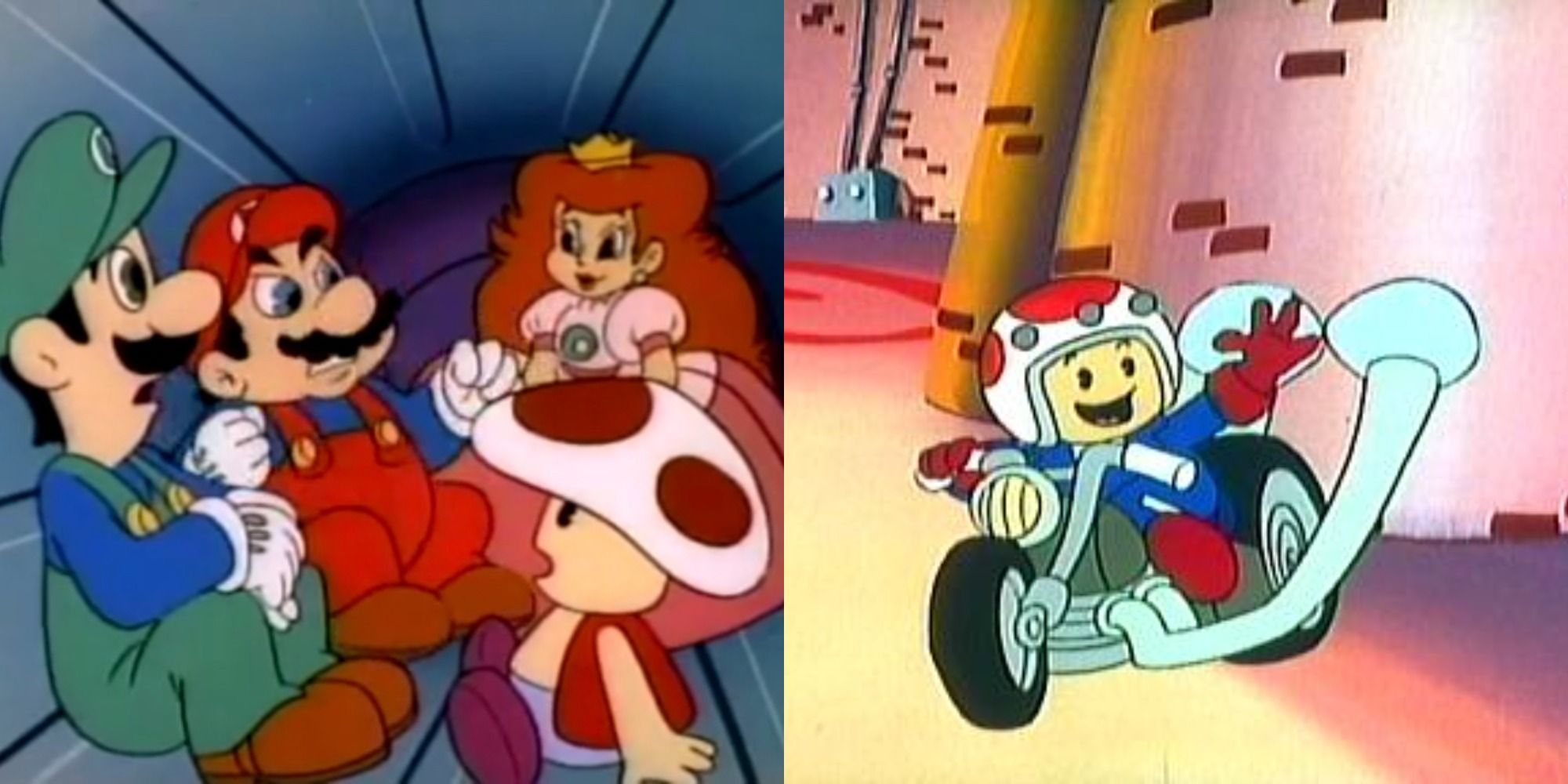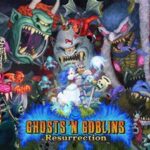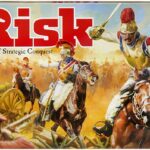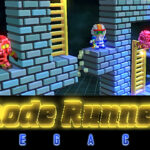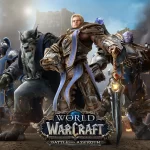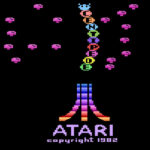Mario is a media franchise, produced and published by video game company Nintendo, created by Japanese game designer Shigeru Miyamoto and starring the fictional character Mario. It is primarily a video game franchise, but has extended to other forms of media, including television series, comic books, a 1993 feature film and theme park attractions. The series’ first installment was 1983’s Mario Bros., although Mario had made his first appearance in 1981’s Donkey Kong, and had already been featured in several games of the Donkey Kong and Game & Watch series. The Mario games have been developed by a variety of developers including Nintendo, Hudson Soft, and AlphaDream. Most Mario games have been released exclusively for Nintendo’s various video game consoles and handhelds, from the third generation onward. (Source from Wikipedia)

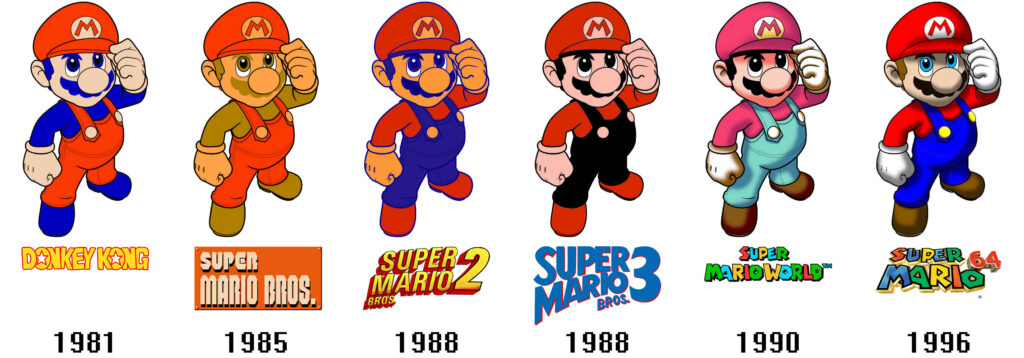


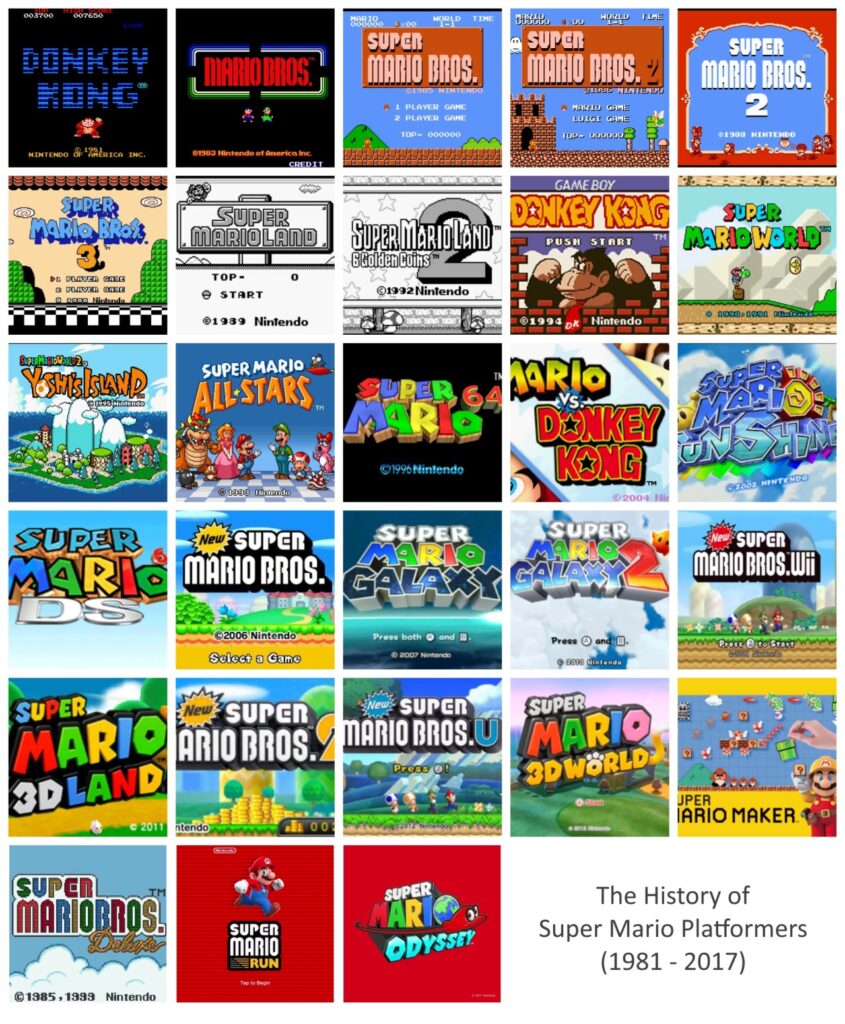
Origin Game (1981)
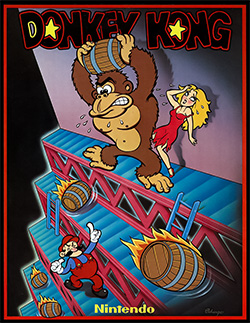
After the commercial failure of Radar Scope, Nintendo’s company president referred to Shigeru Miyamoto to create an arcade game to save the company. Miyamoto came up with the idea of a game in which the playable character has to make his way through an obstacle course consisting of sloped platforms, ladders and rolling barrels. Miyamoto named the game Donkey Kong, and its main protagonist “Jumpman”. Donkey Kong is an early example of the platform genre. In addition to presenting the goal of saving Pauline, the game gives the player a score. Points are awarded for finishing screens; leaping over obstacles; destroying objects with a hammer power-up; collecting items such as hats, parasols, and purses (presumably belonging to Pauline); and completing other tasks. The game was surprisingly successful. “Jumpman” was called “Mario” in certain promotional materials for the game’s release overseas; his namesake was Mario Segale, the landlord of Nintendo of America’s office/warehouse, who barged in on a meeting to demand an overdue rent payment. Eventually Jumpman’s name was internationally and permanently changed to Mario. The success of the game spawned several ports, and a sequel, Donkey Kong Jr., which is Mario’s only appearance as an antagonist. Donkey Kong 3 did not feature Mario.

mario bros (1983)
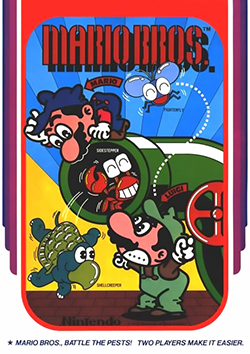
Mario Bros. is a 1983 arcade game developed and published for arcades by Nintendo. It was designed by Shigeru Miyamoto and Gunpei Yokoi, Nintendo’s chief engineer. Italian twin brother plumbers Mario and Luigi exterminate creatures emerging from the sewers by knocking them upside-down and kicking them away. The Famicom/Nintendo Entertainment System version is the first game produced by Intelligent Systems. It is part of the Mario franchise, but originally began as a spin-off from the Donkey Kong series.


GAME AND WATCH (1982 - 94)

Nintendo has released several Mario and Donkey Kong LCD video games for the Game & Watch line. Eleven were released between 1982 and 1994. Nintendo also licensed the release of six LCD games for Nelsonic’s Game Watch line between 1989 and 1994. Many remakes of Game & Watch games have changed the protagonist from a generic Mr. Game & Watch character to Mario.
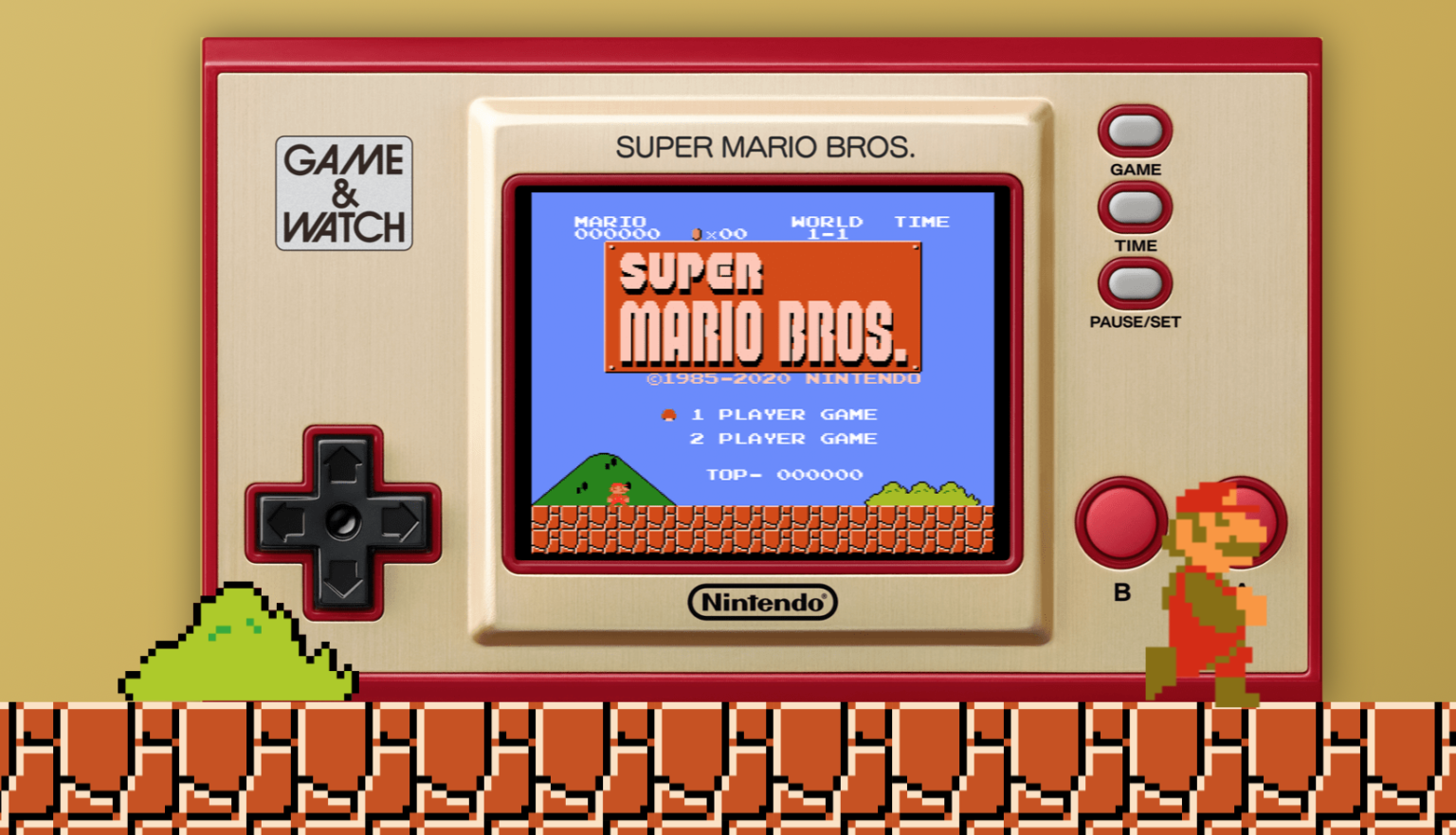

SUPER mario bros series (1985 - 2017)
Mario then became the star of his own side scrolling platform game in 1985, titled Super Mario Bros., which was the pack-in game included with the Nintendo Entertainment System console. It was also later sold in a package with Duck Hunt. In Japan, a game titled Super Mario Bros. 2 was released in 1986, but a different game with the same name was released internationally in 1988, followed by Super Mario Bros. 3 later that same year. The Japanese version would subsequently be released in the United States in 1993 under the title Super Mario Bros.: The Lost Levels as part of the Super Mario All-Stars title for the Super Nintendo Entertainment System, a console that also features iterations of the game known as Super Mario World. While Super Mario Land and two sequels were the Game Boy installments in the series, the Game Boy Advance did not receive any original entries, only remakes. Super Mario 64 debuted as the launch title for the Nintendo 64 console in 1996. Super Mario Sunshine was the series’ entry for the GameCube, and Super Mario Galaxy and its sequel continued the franchise for the Wii. Super Mario 3D Land was the series’ flagship title for Nintendo 3DS. The Wii U saw the release of Super Mario 3D World. Super Mario Odyssey would be the first original game in the series to be released on the Nintendo Switch, and was released in 2017.
SUPER mario bros (1985)
In the fantasy setting of the Mushroom Kingdom, a tribe of turtle-like creatures known as the Koopa Troopas invade the kingdom and uses the magic of its king, Bowser, to turn its inhabitants, known as the Mushroom People, into inanimate objects such as bricks, stones and horsehair plants. Bowser and his army also kidnap Princess Toadstool, the princess of the Mushroom Kingdom and the only one with the ability to reverse Bowser’s spell. After hearing the news, Mario sets out to save the princess and free the kingdom from Bowser. After traveling through various parts of the kingdom and fighting Bowser’s forces along the way, Mario reaches Bowser’s final stronghold, where he is able to defeat him by striking an axe on the bridge suspended over lava he is standing on, breaking the bridge, defeating Bowser, and allowing for the princess to be freed and saving the Mushroom Kingdom.



SUPER mario bros 2 (1986)

Super Mario Bros.: The Lost Levels is a 1986 platform game developed and published by Nintendo as the sequel to Super Mario Bros. (1985). The games are similar in style and gameplay, with players controlling Mario or Luigi to rescue Princess Peach from Bowser. The Lost Levels adds a greater level of difficulty and Luigi controls slightly differently from Mario, with reduced ground friction and increased jump height. The Lost Levels also introduces obstacles such as poison mushroom power-ups, counterproductive level warps, and mid-air wind gusts. The game has 32 levels across eight worlds and 20 bonus levels.

SUPER MARIO 3 (1988)

Super Mario Bros. 3 is a platform game developed and published by Nintendo for the Nintendo Entertainment System (NES). It was released for home consoles in Japan on October 23, 1988, in North America on February 12, 1990 and in Europe on August 29, 1991. It was developed by Nintendo Entertainment Analysis and Development, led by Shigeru Miyamoto and Takashi Tezuka.
Players control brothers Mario or Luigi, who must save Princess Toadstool and the rulers of seven different kingdoms from the antagonist Bowser. As in previous Mario games, they defeat enemies by stomping on them or using items that bestow magical powers; they also have new abilities, including flight and sliding down slopes. Super Mario Bros. 3 introduced many elements that became Super Mario staples, such as Bowser’s children (the Koopalings) and a world map to transition between levels.


SUPER MARIO ALL STARS (1993)
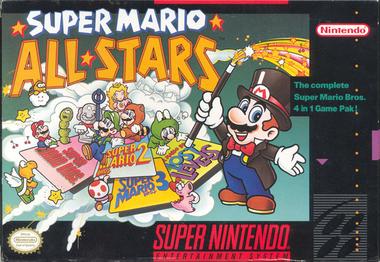
Super Mario All-Stars is a 1993 compilation of platform games for the Super Nintendo Entertainment System (SNES). It contains remakes of Nintendo’s four Super Mario games released for the Nintendo Entertainment System (NES) and the Famicom Disk System: Super Mario Bros. (1985), Super Mario Bros.: The Lost Levels (1986), Super Mario Bros. 2 (1988), and Super Mario Bros. 3 (1988). As in the original games, players control the Italian plumber Mario and his brother Luigi through themed worlds, collecting power-ups, avoiding obstacles, and finding secrets. The remakes feature updated graphics—including the addition of parallax scrolling—and music, modified game physics, and bug fixes.


SUPER MARIO LAND (1989)

Super Mario Land is a 1989 side-scrolling platform video game developed and published by Nintendo as a launch game for its Game Boy handheld game console. It is the first Mario platform game to have been released for a handheld console. In gameplay similar to that of the 1985 Super Mario Bros., but resized for the smaller device’s screen, the player advances Mario to the end of 12 levels by moving to the right and jumping across platforms to avoid enemies and pitfalls. Unlike the other Mario games, Super Mario Land is set in Sarasaland, a new environment depicted in line art, and Mario pursues the debuting Princess Daisy. The game has two Gradius-style shooter levels.

DR. MARIO SERIES (1990)

Dr. Mario (stylized as D℞. MARIO) is a 1990 action puzzle video game produced by Gunpei Yokoi and designed by Takahiro Harada. Nintendo developed and published the game for the Nintendo Entertainment System and Game Boy consoles. The game’s soundtrack was composed by Hirokazu Tanaka.
A falling block puzzle game, the player’s objective is to destroy the viruses populating the on-screen playing field by using colored vitamin capsules that are tossed into the field by Mario, who assumes the role of a doctor. The player manipulates the capsules as they fall, with the goal being to align similar colors which removes the viruses. The player progresses through the game by eliminating all the viruses on the screen in each level.


Mario's Picross series

This series is a collection of nonogram logic puzzles involving a grid with numbers for every row and column, which refer to the amount of marked squares within the grid. The games features Mario as an archaeologist who chisels away to form images on the grid.
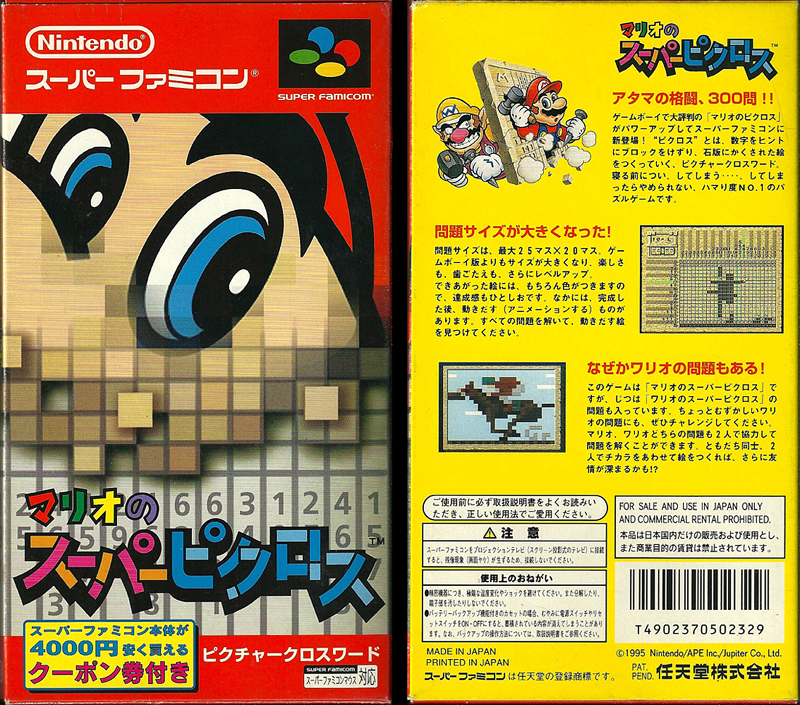

Mario vs. Donkey Kong (2004)

Mario vs. Donkey Kong is a sub-series of the Mario and Donkey Kong series, based on puzzle video games, marking the return of Pauline and the rivalry between Mario and Donkey Kong.
Mario vs. Donkey Kong, released in 2004 for the Game Boy Advance, was followed by March of the Minis for the Nintendo DS, Minis March Again on DSiWare, Mini-Land Mayhem in 2010 for the DS, Minis on the Move for the Nintendo 3DS in 2013, Tipping Stars for the Wii U and 3DS in 2015. The latest title, a spin-off centering on Amiibo called Mini Mario & Friends: Amiibo Challenge, was released in 2016.


Super Mario RPG: Legend of the Seven Stars (1996)

Super Mario RPG: Legend of the Seven Stars is a role-playing video game developed by Square and published by Nintendo for the Super Nintendo Entertainment System in 1996. It was the final Mario game published for the SNES. The game was directed by Chihiro Fujioka and Yoshihiko Maekawa, produced by Mario creator Shigeru Miyamoto, and scored by Yoko Shimomura.
Super Mario RPG‘s story focuses on Mario and his friends as they seek to defeat Smithy, who has crashed into their world and stolen the seven star pieces of Star Road. Super Mario RPG is the first RPG in the Mario franchise, drawing from major elements of Square’s RPG franchises such as Final Fantasy. The main form of fighting enemies is turn-based combat with a party of up to three characters. It is also the first game in the Mario franchise to have gameplay within an isometric 3D environment, allowing for a new variety of the exploration and platforming elements reminiscent of the Super Mario series.
-14.jpg&ehk=h6OpdPg41c7fNt%2buVMqUSuI%2f4k%2fpsfU%2fvOiCzSlbOTY%3d&risl=&pid=ImgRaw&r=0)

Paper Mario series (2000)

Paper Mario is a spin-off series of RPG video games developed by Intelligent Systems and produced by Nintendo Software Planning & Development. The first game in the series, Paper Mario, was launched in 2000 on the Nintendo 64 to critical and commercial success. In the Paper Mario series, the player controls Mario in a mixture of 3D environments and 2D characters who look as if they are made of paper. Mario can jump and use his hammer to overcome physical obstacles placed in the game’s overworld. Additionally, the player accumulates partners as they advance into different locations, who each have a specialized skill required for progression in the game. These characters assist Mario in the game’s turn-based battles. Damage inflicted to the player reduces the amount of HP. Attacks in the game are similar to those in traditional RPGs, although the player can influence the power of a move when attacking or defending by timing a button-press accurately or performing some other action command as required.
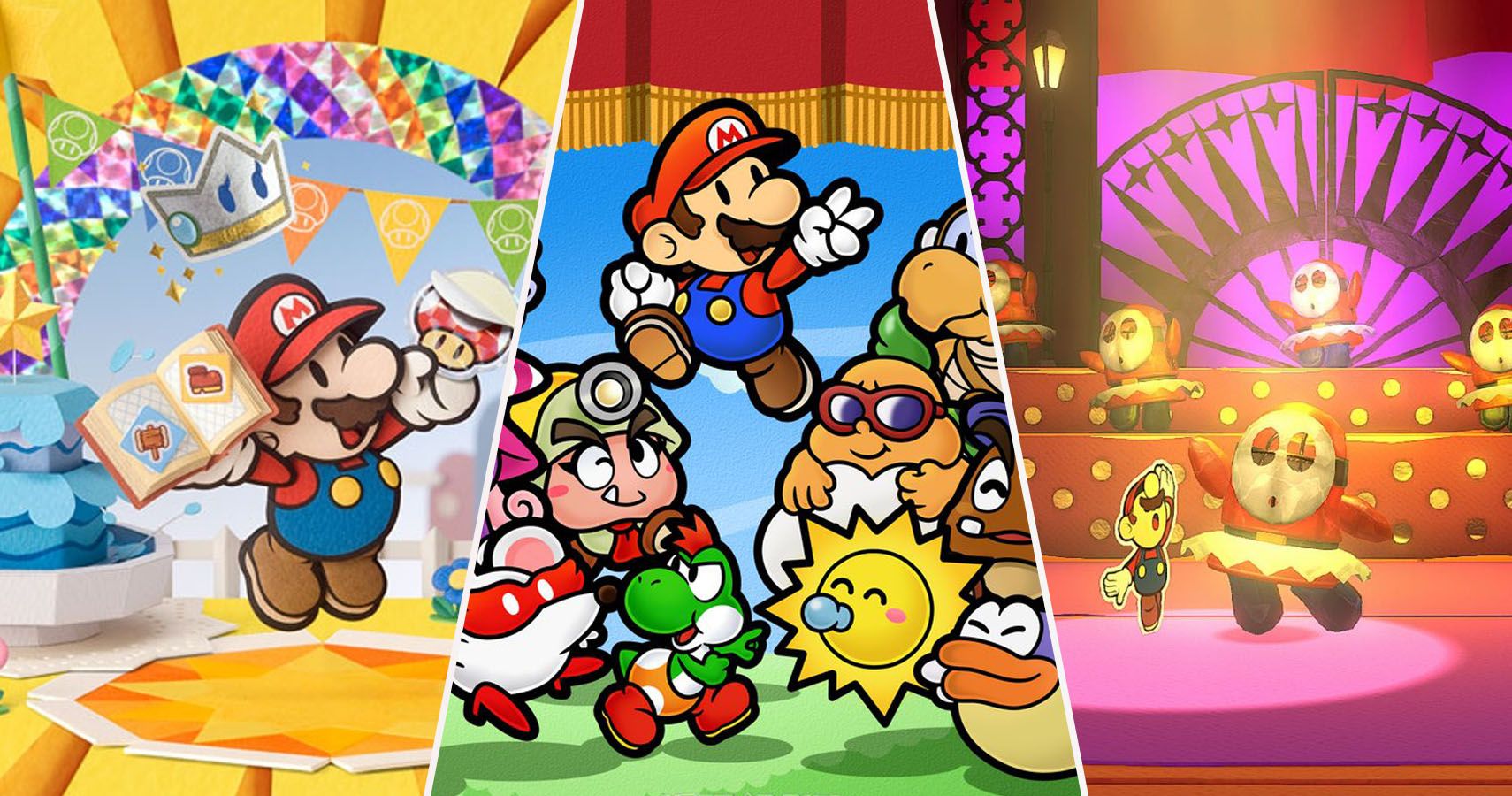
MARIO PARTY SERIES

In 1998, the Hudson game Mario Party was released for the Nintendo 64. Following this, nine numbered sequels have since been released, making for ten numbered titles, along with two non-numbered main series titles, Mario Party DS and Super Mario Party. The series also has four spins offs that differ in gameplay, including Mario Party Advance, Island Tour, Star Rush, and The Top 100. Mario Party is a multiplayer party game featuring Mario series characters in which four human- or computer-controlled characters compete in a board game interspersed with minigames.



MARIO SPORTS SERIES (2010)
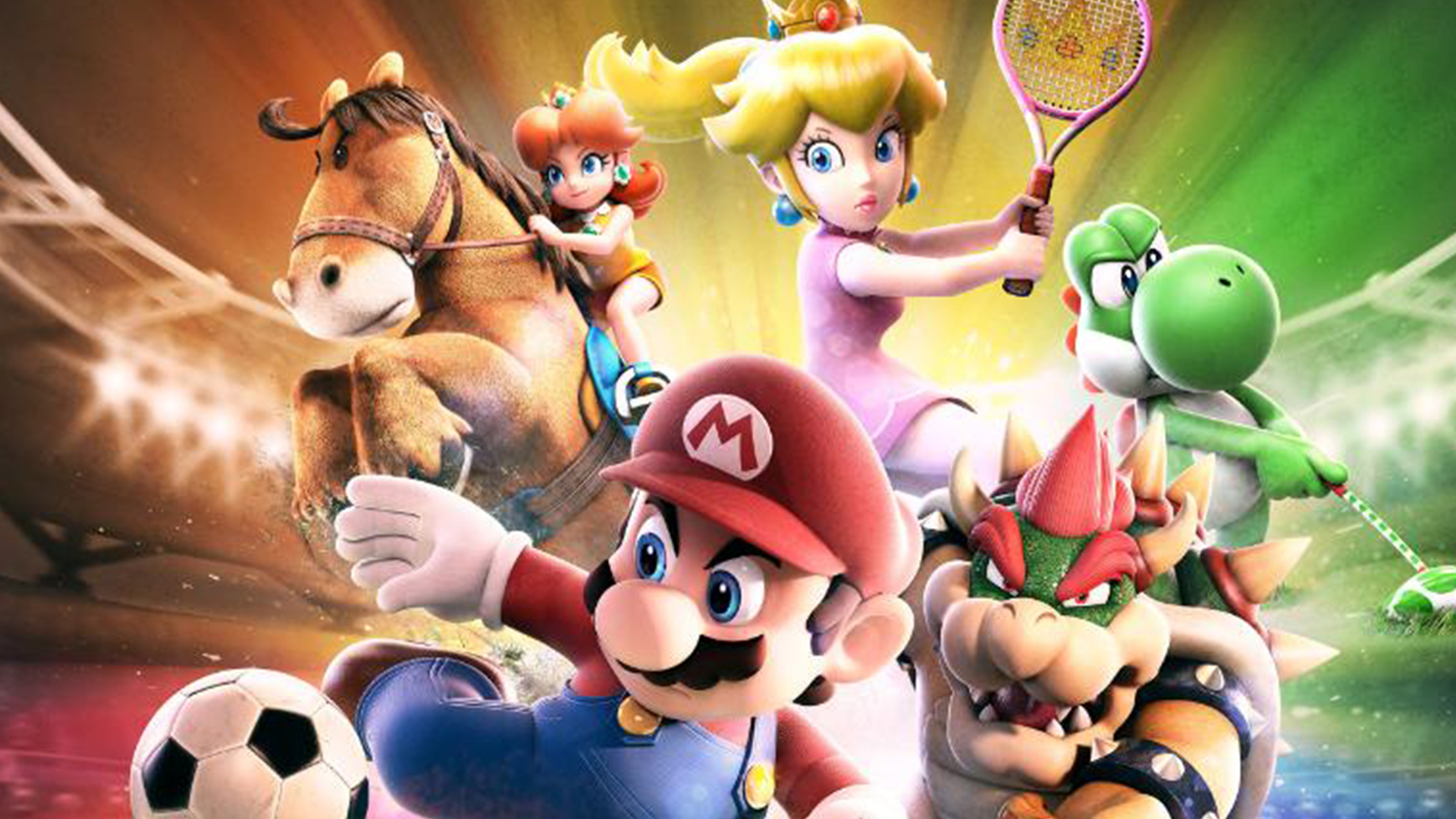
The first appearances of Mario in tennis games were as a referee in Tennis for the NES and Game Boy. These games did not use the Mario branding and only featured Mario in the capacity of a cameo. He then appeared in Mario’s Tennis for the Virtual Boy. After this, Camelot Software Planning released Mario Tennis for the Nintendo 64. They would subsequently develop other games in this series: Mario Power Tennis for the GameCube and Wii, Power Tour for the Game Boy Advance, Mario Tennis Open for the Nintendo 3DS, Ultra Smash for the Wii U, and Aces for the Nintendo Switch.



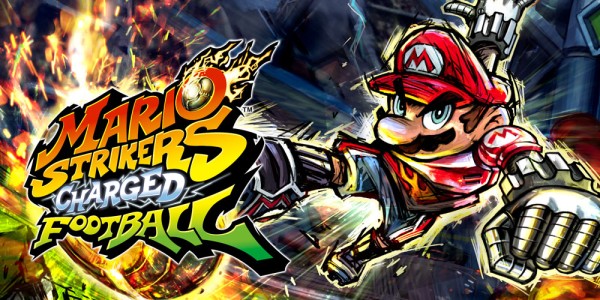
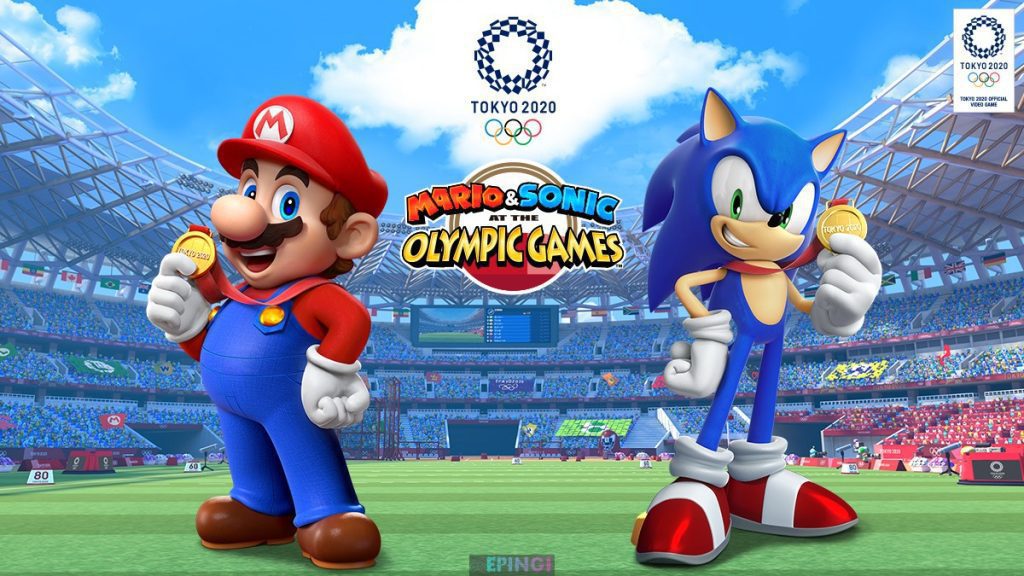
MARIO RACING SERIES
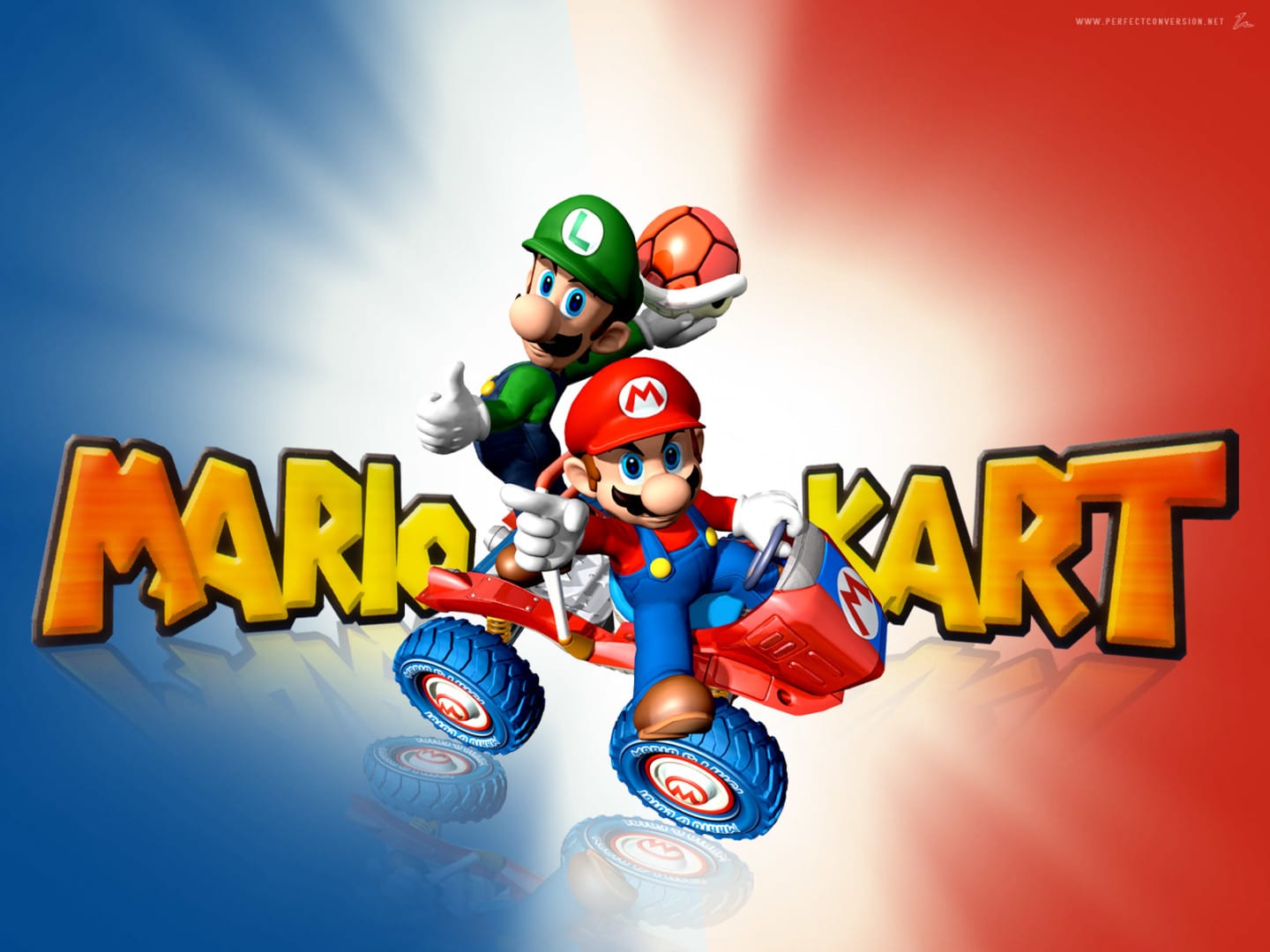
Mario Kart is a series of go-kart-style racing video games primarily developed by Nintendo Entertainment Analysis & Development. The first in the series, Super Mario Kart, was launched in 1992 on the Super Nintendo Entertainment System to critical and commercial success. In the Mario Kart series, players compete in go-kart races, controlling one of a selection of characters from the Mario franchise. One of the features of the series is the use of various power-up items obtained by driving into item boxes laid out on the course. These power-ups include Super Mushrooms to give players a speed boost, Koopa Troopa Shells to be thrown at opponents, and banana peels that can be laid on the track as hazards.
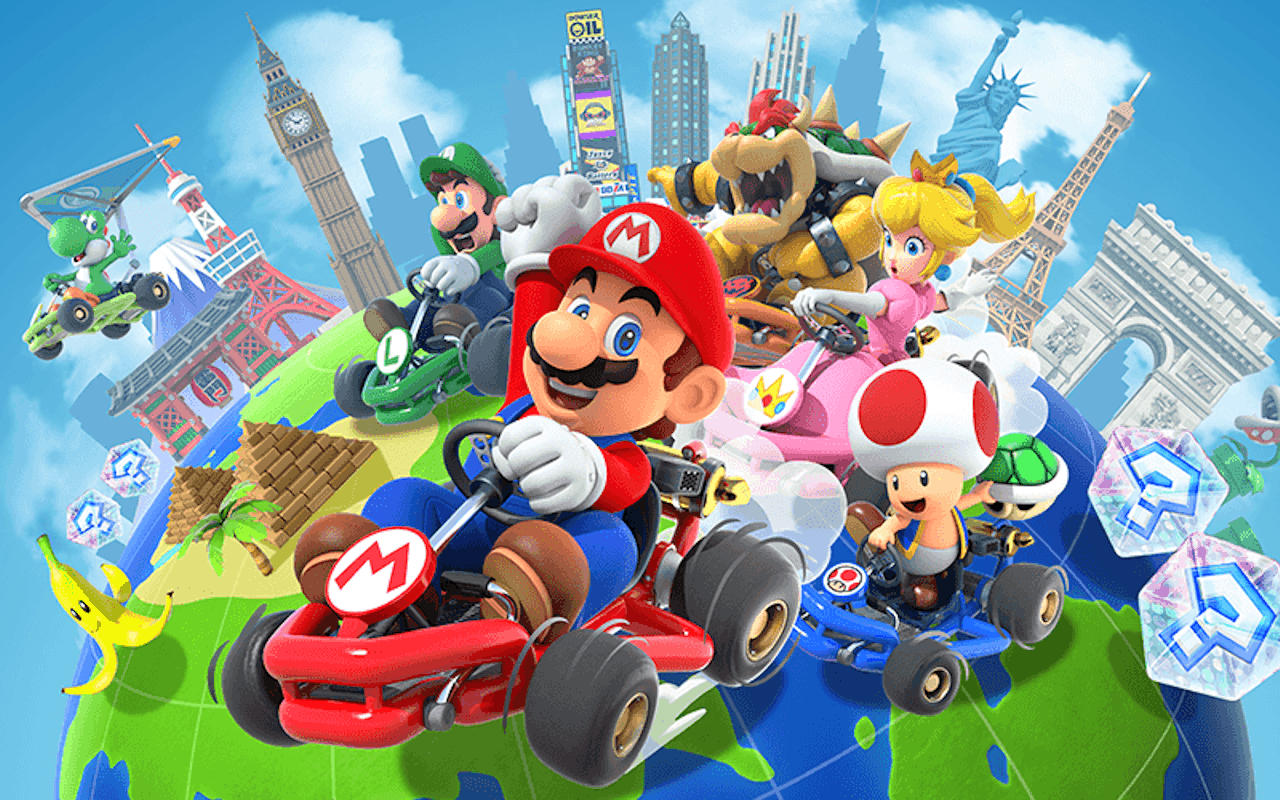
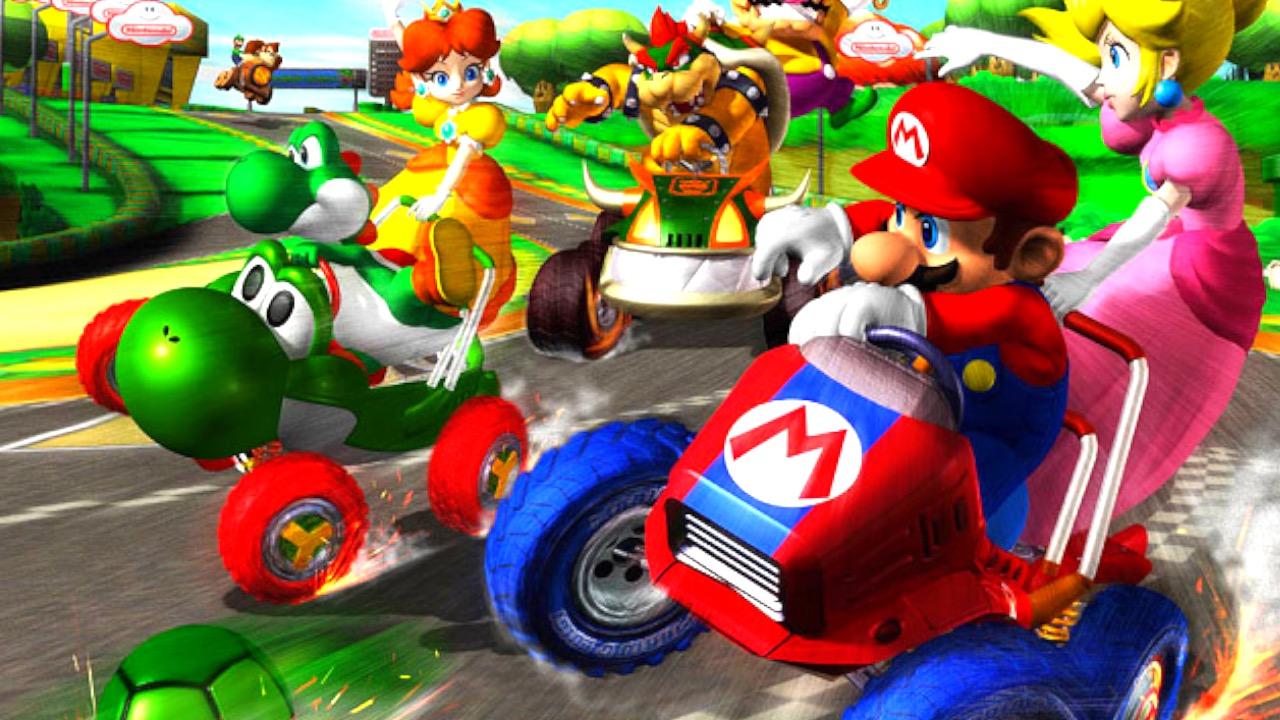
TELEVISION SERIES
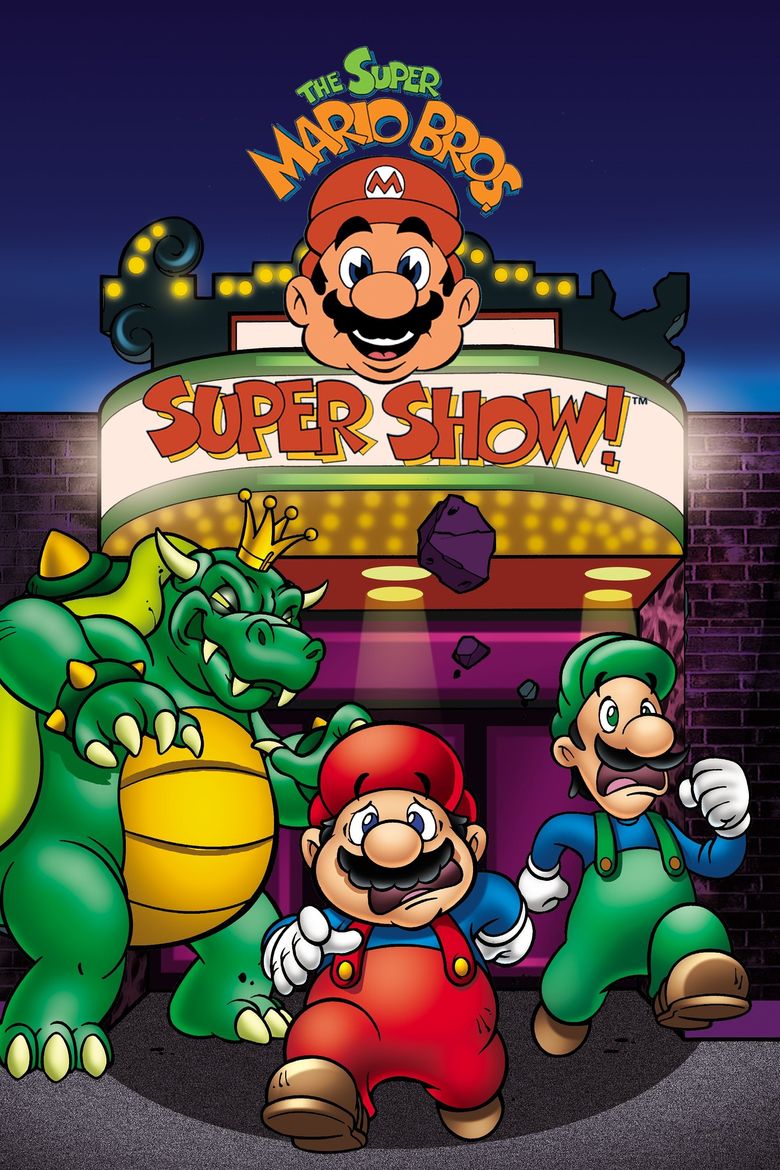
The Super Mario Bros. Super Show! is an American live-action/animated television series airing from September 4 to November 30, 1989, on syndication. The series is based on the video games Super Mario Bros. and Super Mario Bros. 2 by Nintendo, and is the first of three television series to be based upon the Mario video game series. The animation was provided by Sei Young Animation.
Each episode consists of live-action segments starring WWF/WWE Hall of Famer Capt. Lou Albano as Mario and Danny Wells as Luigi alongside a special guest, either as themselves or a character for the segments. The remainder of the program is dedicated to animated stories of Super Mario Bros., starring the voices of Albano and Wells in their respective roles, which were exhibited from Monday through Thursday. The Friday episode of The Super Mario Bros. Super Show!, however, was accompanied by animated serials of The Legend of Zelda.

